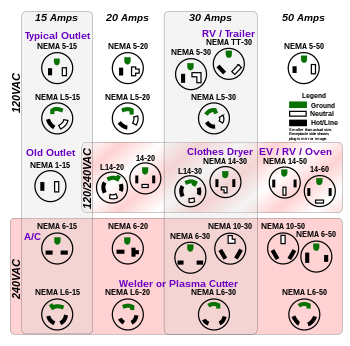So I have a 20A, 240V outlet I use for my dust collector that is wired with 12/2 romex. There are 2 insulated wires which I assume are the hots (line 1, line 2) and a bare copper wire which I think is the ground or neutral or both (quantum style!).
Does it matter whether the bare wire is ground or neutral for the 240V only panel I've laid out below?

I'm basically trying to build this panel (http://www.instructables.com/id/Electric-brewing-system/?ALLSTEPS) but with a contactor in line so I can completely cut power and have a visual indication of when it is capable of being energized.
Thanks in advance. I know portions of this topic have been beaten to death.
Oh yeah, and Merry Christmas!
Does it matter whether the bare wire is ground or neutral for the 240V only panel I've laid out below?

I'm basically trying to build this panel (http://www.instructables.com/id/Electric-brewing-system/?ALLSTEPS) but with a contactor in line so I can completely cut power and have a visual indication of when it is capable of being energized.
Thanks in advance. I know portions of this topic have been beaten to death.
Oh yeah, and Merry Christmas!




